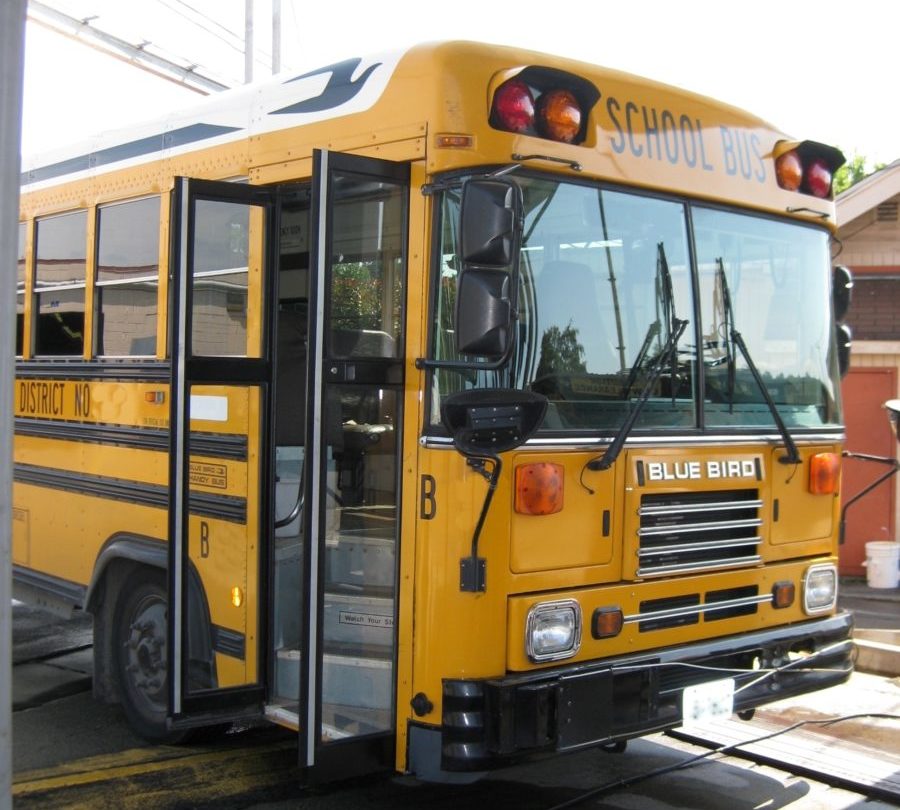Babies as young as 6 weeks old ride on school buses to attend Early Head Start and teen parent programs. Children this young must ride rear facing, and are safest riding this way as long as they fit the size limits of their RF child safety restraint systems (CSRS).
Since the reasons children must ride rear facing are developmental, there is not a general milestone when all children are safe to turn forward facing. However, most sources, including AAP, NHTSA, Head Start, and CSRS manufacturers, indicate 1 year and 20 pounds as the minimum. In addition, best-practice guidelines from NHTSA and the AAP recommend that children ride rear facing as long as they still fit the CSRS by weight and height. CSRS manufacturers also recommend this, and some set age limits to discourage forward-facing use of their products by children who are too young. Also, note that children with certain special needs benefit from staying rear-facing longer than their age-mates.
Unfortunately, installation of rear-facing CSRS is often difficult on school buses. The two major challenges are lack of appropriate anchorage options (seat belts or LATCH) in many buses, and narrow spacing for a reclined CSRS, fore-to-aft. The latter problem is the subject of this survey.
UPDATE: Some of the CSRS models used in this 2018 survey have since been discontinued or modified. Therefore, information on specific CSRS models may be obsolete. However, SRN keeps this survey posted to convey general guidance about the viability of RF convertible CSRS in school buses and testing them for fit. In addition, consideration for the use of RF convertible CSRS has become even more essential because NHTSA now requires CSRS made since June 30, 2025, to have a minimum forward-facing limit of no less than 26.5 pounds. This means that, for more children than before, a RF convertible will be their only CSRS option.
Click here to read, A Survey of RF Convertible CSRS Fit in School Buses (PDF)

